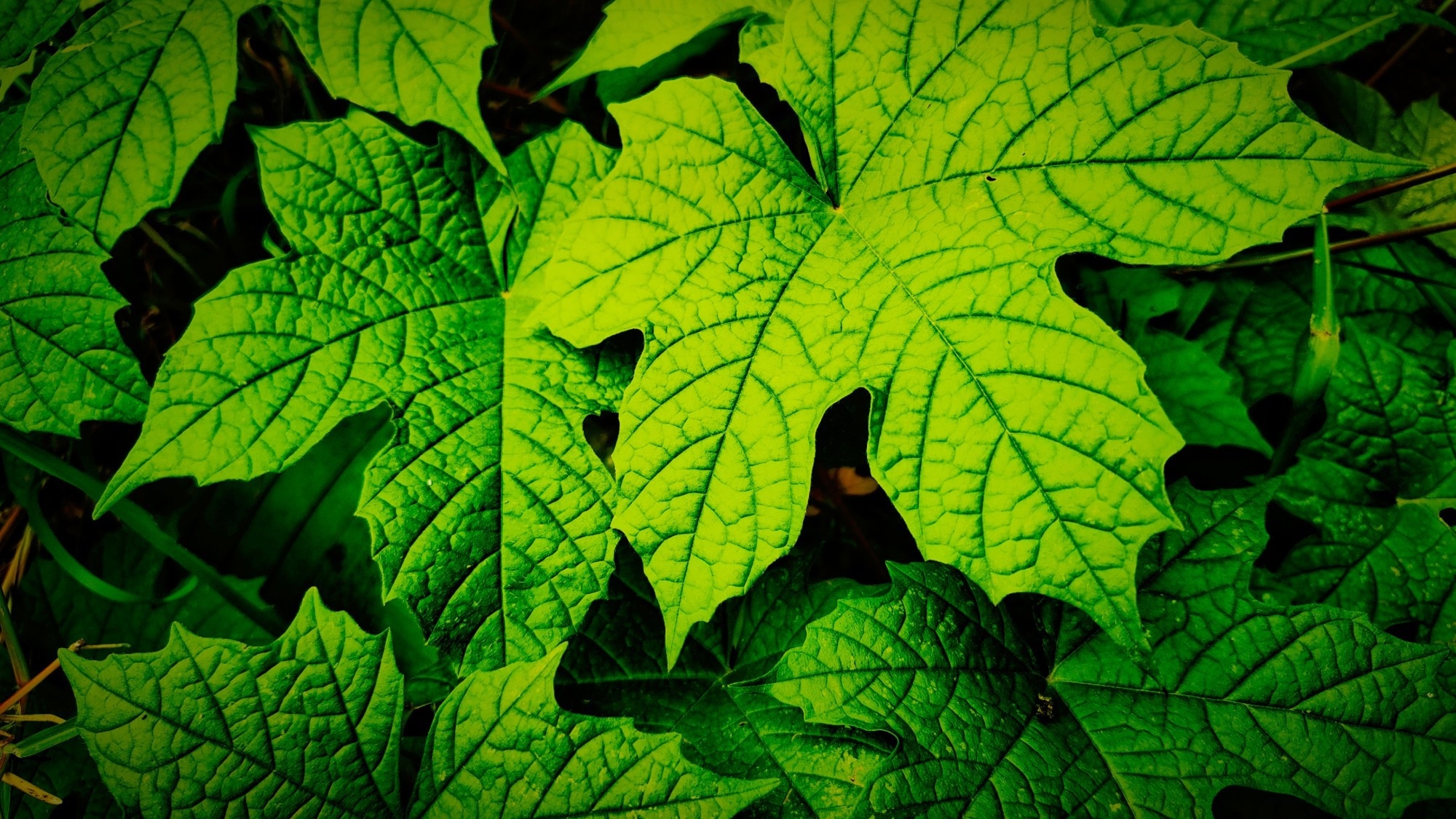Can a traditional Mayan leafy green help tackle diabetes? A new review examines Chaya’s bioactive compounds, animal study findings, and interaction concerns, positioning the plant as a candidate for future complementary treatments.

Review: Chaya Leaf: A Promising Approach for Diabetes Management. Image Credit: Sugeng Un / Shutterstock
In a recent study published in the journal Pharmaceuticals, researchers summarized the role of the chaya plant in diabetes management.
Medicinal plants have increasingly garnered research attention, as they can be utilized to develop food items and medications for the prevention and management of chronic illnesses. Noncommunicable diseases (NCDs), such as diabetes, cancer, and heart diseases, among others, require continuous attention and management, and are the leading cause of disability and death worldwide.
In Mexico, more than 1.5 million cases of NCDs were reported in the first half of 2021. Mexico has a diverse array of plants, with approximately 4,500 species, but only around 5% have been subject to pharmacological evaluation. Chaya is an underexplored plant with numerous health benefits. However, information on bioactive compounds accounting for the health benefits of chaya is lacking.
In this study, researchers investigated the role of the chaya plant in diabetes management. First, they conducted a comprehensive literature search across PubMed, Science Direct, Web of Science, Scielo, Google Scholar, and Dialnet databases, using relevant search terms. Studies were selected based on relevance to the plant’s pharmacological, ethnobotanical, and nutritional aspects.
Ethnobotanical information and phytochemistry of chaya
The chaya plant is a domesticated, spineless variant (Cnidoscolus chayamansa) of C. aconitifolius, also known as quelite or tree spinach, and originates from the Mayan regions in the Americas. The stems and leaves of the plant contain proteins, minerals (calcium, phosphorus, sodium, zinc, copper, manganese, magnesium, etc.), and vitamins (beta carotene, retinol, ascorbic acid, niacin, thiamine, and riboflavin).
The plant stands out for its protein content, which exceeds 5%, and contains seven of the nine essential amino acids. Additionally, its crude fiber content also exceeds 2%. As such, chaya leaves are incorporated into human diets or consumed as infusions or teas. Chaya leaves also contain fatty acids, including palmitic, stearic, myristic, lauric, arachidonic, and oleic acids, and flavones, such as kaempferol, astragalin, and quercetin.
Because chaya leaves contain cyanogenic glycosides (notably linamarin), they should be cooked before consumption. The review reports hydrogen cyanide levels well below FDA limits after roughly five minutes of cooking, supporting culinary use when properly prepared.

Mechanism of action of quercetin. Akt = protein kinase B; FOXO1 = Forkhead box protein O1; G6Pase = glucose-6-phosphatase; GLUT1–4 = glucose transporter 1–4; GLUT 4 = glucose transporter type 4; IGF-1 = insulin-like growth factor-1; IRS-1 = insulin receptor substrate 1; miR-29 = microRNA-29; PEPCK = phosphoenolpyruvate carboxykinase; PI3K = phosphoinositide 3-kinase.
Role in diabetes
Chaya extracts contain flavonoids, such as rutin and quercetin, that may help reduce blood sugar levels. Antioxidants in chaya may enhance insulin sensitivity, which can help manage blood sugar levels. The reduction of oxidative stress by antioxidants may potentially improve beta-cell function, particularly in terms of insulin synthesis. Numerous studies have investigated the effects of methanolic extracts of C. chayamansa on blood sugar levels in diabetic rats.
One study tested several doses of the methanolic extract in rats with streptozotocin (STZ)-induced diabetes. The study found that only the 70 mg/kg dose effectively decreased postprandial blood sugar levels compared to rats treated with glibenclamide, an anti-diabetic medication, while it did not lower fasting glucose like insulin. Another study investigated the effect of combining metformin with black and green teas derived from C. aconitifolius on the health of rats with type 2 diabetes (T2D).
The study group that consumed both teas, along with metformin, showed improvements in fasting glucose, triglyceride, and cholesterol levels, as well as reductions in creatinine, urea, alanine aminotransferase, and aspartate aminotransferase. A separate rat study observed antagonistic effects when chaya was combined with metformin, with glucose levels remaining high in most groups, highlighting the need to investigate potential drug-herb interactions.
Another study evaluated the effects of methanolic extracts of C. aconitifolius leaves in rats with alloxan-induced diabetes. Different doses of the extract reduced blood sugar levels, outperforming chlorpropamide, a commonly used anti-diabetic medication.
T2D patients commonly experience inflammation. A study explored the anti-inflammatory properties of specific fractions of the aqueous extracts of chaya in rats with diabetes. Two sample fractions showed marked anti-inflammatory effects, surpassing those of the crude extract. Ferulic acid was suggested to have been the major contributor to the observed effects.
A study investigated the glycemic load (GL) and index (GI) of tamal and rice prepared with and without quelites (chaya and alache) in 10 healthy people. White rice without quelites had a GL of 36.17 and GI of 75.35. Conversely, rice prepared with alache had a GL and GI of 33.74. Tamal had a GL of 26.65 and GI of 57.33, whereas tamal prepared with chaya had a GL of 23.36 and GI of 46.73. These data indicated that quelites could serve as beneficial dietary alternatives.
Concluding remarks
Overall, evidence supports the anti-diabetic effects of chaya. Chaya methanolic extracts significantly decrease blood glucose in rats with diabetes, while aqueous extracts additionally improve lipid profiles and overall health. Combining chaya extracts with standard therapies, such as metformin, has shown both beneficial and antagonistic effects, indicating that further research is needed to optimize their use.
Overall, Chaya is a promising complementary candidate; however, human clinical trials, dose standardization, extract characterization, and interaction studies are still necessary before routine therapeutic use is recommended.
Journal reference:
- Curiel Ayala F, García Rodríguez FI, Jimenez-Garcia SN, Garcia-Mier L (2025). Chaya Leaf: A Promising Approach for Diabetes Management. Pharmaceuticals, 18(9),1242. DOI: 10.3390/ph18091242, https://www.mdpi.com/1424-8247/18/9/1242